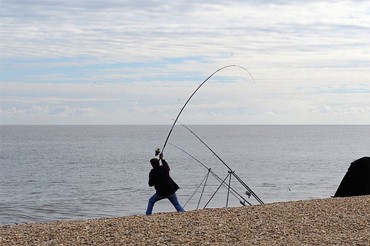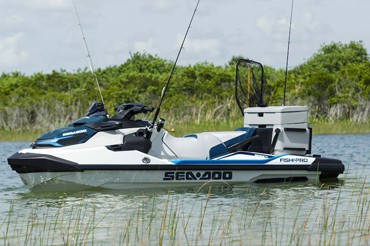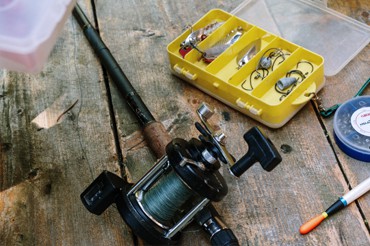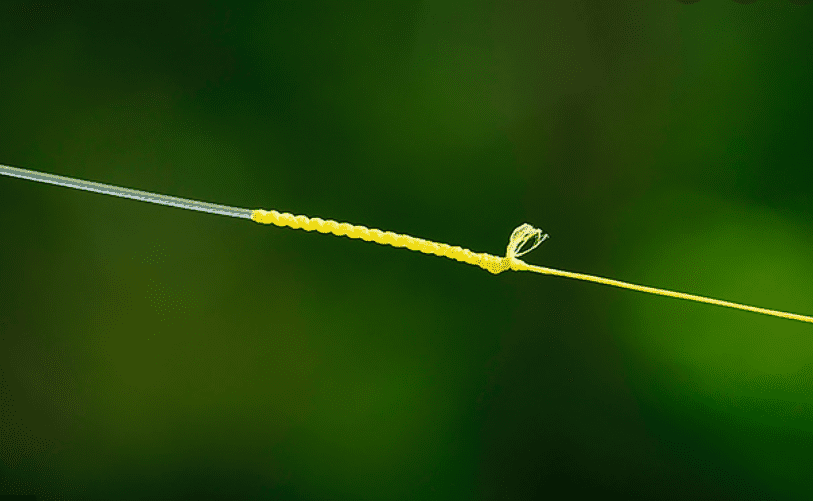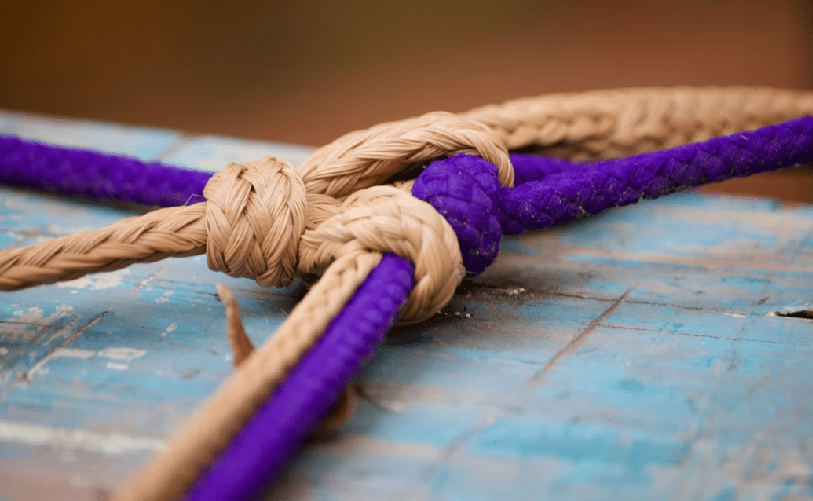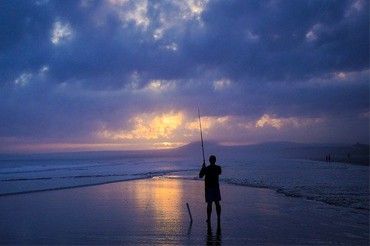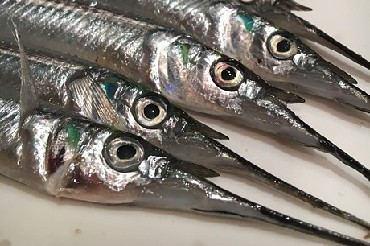Some experienced anglers explore shoreline fishing by using long-distance surfcasting, using pulley rigs with good to decent success. Without looking for gutters or channels, they use long-distance casting techniques and tools that let you fish by staying onshore or at elevated or rocky edges using longer and lighter fishing lines.
With this kind of fishing, there’s a different dynamic involved, by hooking medium to bigger catch from longer lines extending to the uneven, rocky shoreline beds. There are many factors involved with such specific fishing conditions, from the equipment used and the need to try out different combinations of these tools.
Let’s look at some of the best practices used for long-distance casting for better, maximised fishing.
Use Suitable Rigs
Pulley rigs, also known as up and over, clip down hooks, or yoke rigs, are the most common fishing rigs used for shoreline long-distance casting. They seem to work best on rough shoreline seabeds, and rocky shoreline radiuses. The pulley rig was designed to work for these perimeter shoreline areas, reaching those uneven and deep pockets along the outer beach with wider distance upon casting.
These rigs use a hook connected to a pulley-style mechanism after the lead, and it works when the fish is hooked and the angler starts reeling. Once you cast a pulley rig over a longer distance, it sets up easily down the surface. The pulley mechanism works well once the fish gets hooked. While the fisher reels the catch, the weight of the fish pulling down from the end activates the pulley rig, and pulls the weight up, securing the fish against snags.
Using the Right Lines and Rods
Using a smaller line and line weight will help with extending the casting to reach even longer and can help reach seabed levels below where your catch is situated. Changing to a lower weight line will sacrifice some line strength but help you improve the distance of your casting. Many pit spots will appear on elevated shoreline rocks and edges, where your casts can hook a few low-lying medium or bigger fishes which may be ogling around the edges of the outer beach regions.
Many fishers and anglers generally prefer braids or braided lines, which could be from their much slicker and smoother surface for better performance. Monofilament types are less resistant to the effects of sun and sand but can also be used for other less sunny fishing conditions.
Long-Distance Rod Tips
When it regards to your choice of rods, the total length and casting power are the feature combinations you need to tweak on your own. Generally longer heavy-duty rods and maximum length lines are the preferred long casting weapons. Others may maintain their position on the long-distance casting power instead rather than rod length and reach that drives the far-reaching distances.
It will always be the combination of proper rods, performance fishing reels, complementing lures, and your ways in maximising your throw that can give you your best possible distances.
Some lures that are heavier or lighter will give you the farthest long-distance casts. You would have to test your collection of lures and baits or different rigs you use. Some lighter lures may end up getting the most distance for casting in many cases.
Longer Distance Lures
Heavy lures are the most common long-distance casting tools used. But the elements in launching lures are different and slightly vary, which causes different outcomes to launching distances. Wind action, time of the day, water action, the strength of the catapult, the style of the angler in hauling the rod to launch, are all factors that vary in each location and setting. This is why it is important to use both trusted techniques including your developed style and to explore other lure options to learn which types are fitting for different fishing conditions.
The shape and weight momentum of your lures plus external conditions will both affect your maximum casting distance. The lure itself will also affect the quality of your catch, from its performance in still and moving water conditions and its ability to sink in fast. Also, major lure types will correspond to certain types of catch as well, in the right spots and areas.

